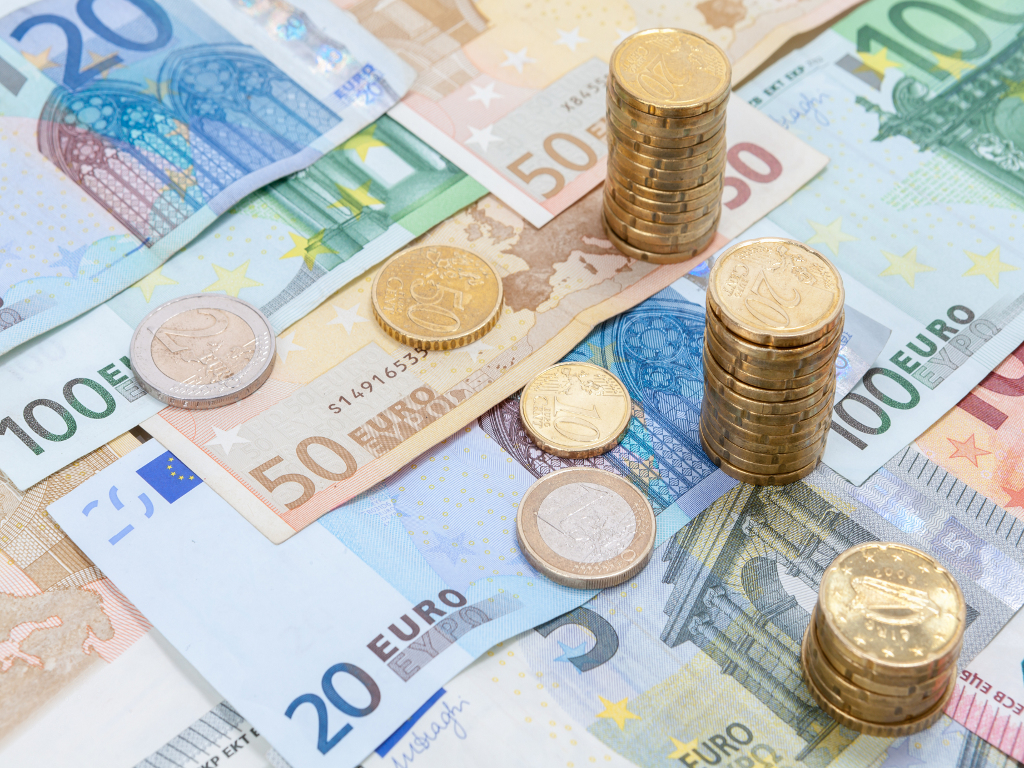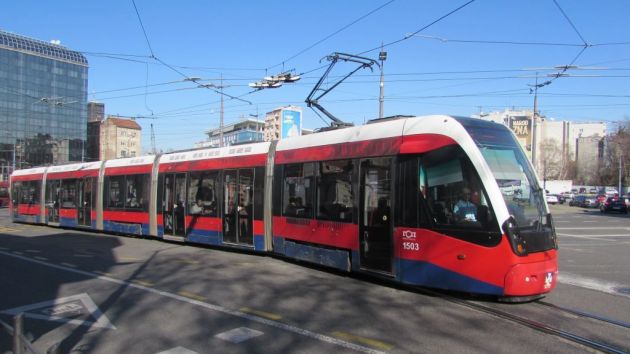FDI inflow to Serbia in 1H 2019 amounts to EUR 1.9 billion
 Tuesday, 10.09.2019.
Tuesday, 10.09.2019.
 13:27
13:27

As the NBS claims, this is 30% more than in the same period last year, or 9% of the GDP. These investments, they say, are sufficient to fully cover the current payment balance deficit.
– This is the fifth year in a row in which Serbia has recorded a growing trend of foreign direct investments and the fifth year in the row in which the net inflow of FDI is more than sufficient to cover the current account deficit. This trend clearly points to the fact that Serbia has left the period of an external imbalance behind and that it is on its way to sustainable payment balance trends in the medium term, with a strong investment cycle to boot – the NBS underlines.
They also add that FDI have remained varied, in both project and geographical terms, and that they are largely directed to the manufacturing sector. As the NBS says, in 2018, the FDI inflow to Serbia amounted to EUR 3.5 billion, or 8.2% of the GDP.
– This has enabled the coverage of the current payment balance deficit with the FDI inflow for the fourth year in a row. The achieved macroeconomic and financial stability and the improvement of the total business climate have contributed to a larger FDI inflow – the NBS points out.
These investments were also varied in terms of projects and the geographical terms in 2018 as well, they say.
– This secures at least two key contributions of these investments: their continuity, meaning that the wide distribution when it comes to the countries of origin makes Serbia more resilient to a potential slowing down of investments from an individual country, which provides a solid foundation for the further growth. These investments also allow for a further expansion of the exporting and production base in the upcoming years – the NBS says.
They emphasize that the geographical distribution of the investments is also shown by the data on the individual countries which contributed to the FDI inflow the most in 2018 and which shows that the top seven features countries belong to at least four regions of the world: the EU, Eastern Asia, Eurasian Union and the Middle East.
Last year, most FDI came from France (EUR 710 million), followed by China, including Hong Kong and Taiwan (EUR 694.1 million), the Netherlands and Germany (EUR 263.7 million each). Russia is fifth (EUR 237.3 million), followed by the United Arab Emirates (EUR 180.7 million) and Luxembourg (EUR 176 million).
When it comes to the first six months of 2019, Russia is first (EUR 278.1 million), followed by the Netherlands (EUR 263.9 million), Switzerland (EUR 220 million), Germany (EUR 149.4 million) and Luxembourg (EUR 138.3 million).
 Narodna banka Srbije Beograd
Narodna banka Srbije Beograd
Most Important News
06.04.2024. | Agriculture
Preconditions for Placement of Fresh Blueberries and Dried Plums in Chinese Market Secured

16.04.2024. | News
Jovan Ciric, Leasing Director Retail MPC Properties – MPC Echo symbolizes our desire for good ideas and innovative endeavors to spread freely and bring about positive changes

16.04.2024. | News
10.04.2024. | Finance, IT, Telecommunications, Tourism, Sports, Culture
Creative Industry – What This Serbian Economy Sector Worth EUR 2 Billion Encompasses

10.04.2024. | Finance, IT, Telecommunications, Tourism, Sports, Culture
18.04.2024. | Industry, Finance
Here come the new hunters for Serbian gold – Australian Strickland Metals buys mining project on mountain Rogozna

18.04.2024. | Industry, Finance
16.04.2024. | News
Economy Fair in Mostar opens – 26 companies from Serbia exhibiting

16.04.2024. | News
18.04.2024. | Transport
Jovanovic: Purchase of Siemens trams produced in Kragujevac for GSP Beograd should be considered

18.04.2024. | Transport


 Izdanje Srbija
Izdanje Srbija Serbische Ausgabe
Serbische Ausgabe Izdanje BiH
Izdanje BiH Izdanje Crna Gora
Izdanje Crna Gora


 News
News






